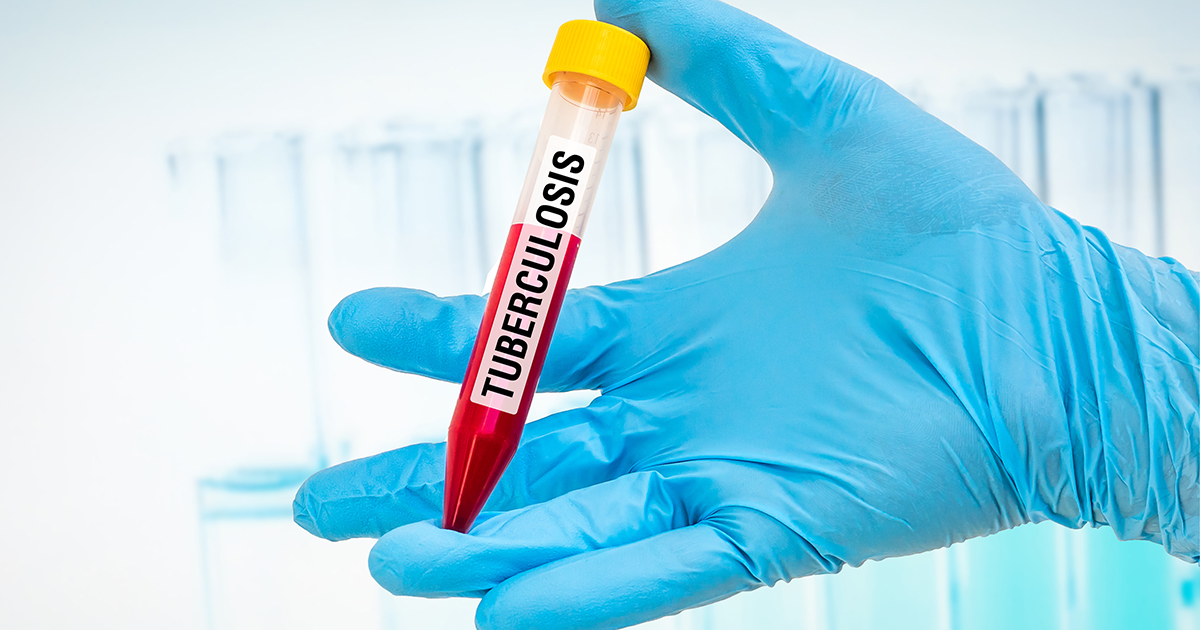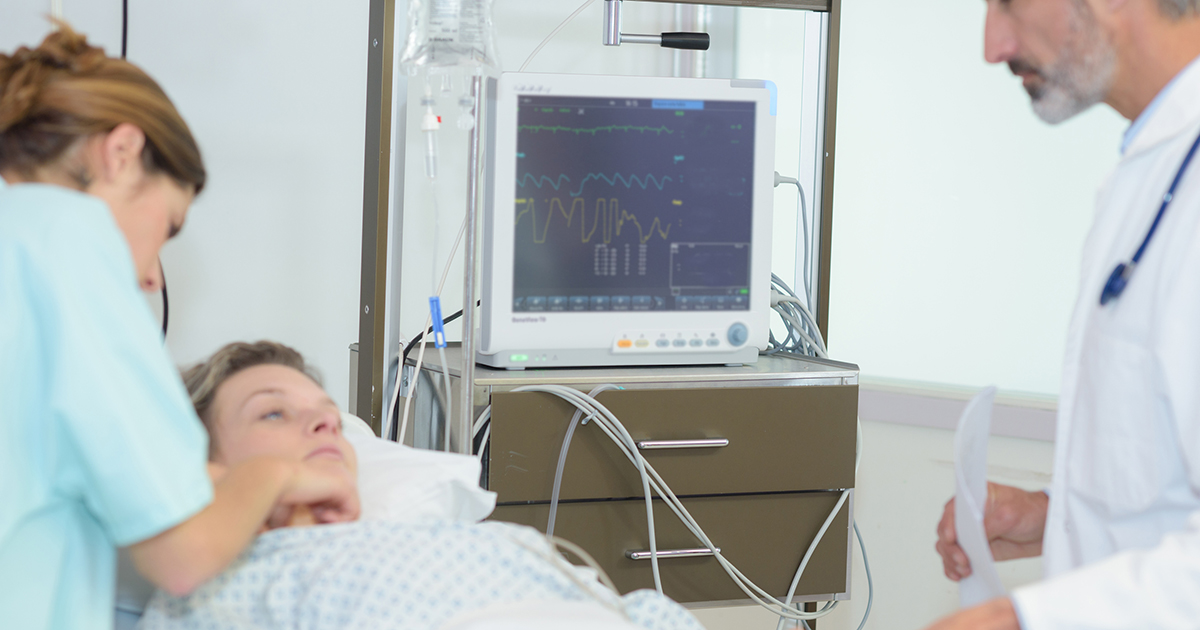Living With Tuberculosis: Learn The Facts Now!
Approximately 8.6 million individuals are diagnosed with tuberculosis (TB), and 1.3 million will die of the disease globally, but it is commonly found in the developing world. Tuberculosis is a highly contagious but treatable infection that predominantly affects the lungs and throat, but can also spread to the kidney, bones, and brain. So what is tuberculosis exactly? Find out what causes this highly contagious infection, who is most at risk for developing it, and how to treat the different kinds and prevent the spreading of this old world disease.
What Is Tuberculosis?

Tuberculosis is an infection caused by slow-growing bacteria that fester in areas of the body containing an abundant amount of blood and oxygen, hence why it is commonly found in the lungs. Tuberculosis found in the lungs is known as pulmonary TB and tuberculosis that spreads to other organs is called extrapulmonary TB. This condition is highly contagious, but treatment is often effective and can take between six to nine months to treat, or in severe cases, can take up to two years to treat an infected patient.
Tuberculosis can also be either latent or active. Latent TB is when the immune system is defending the body against tuberculosis bacteria and keeping it from becoming active, with no visible symptoms. Active TB is when the tuberculosis bacteria are growing inside of the body and symptoms have become noticeable in the patient, and it is easy to spread the disease to others. Pulmonary tuberculosis is contagious, however extrapulmonary TB does not spread as easily as it is usually contained within another part of the body. Tuberculosis spreads when an individual has active tuberculosis breathes out air with TB bacteria in it and another individual breathes in the bacteria from the air. Even more bacteria can become airborne when an infected person coughs or laughs as well.
Still curious about tuberculosis? Continue reading to learn about the history and risk factors linked to it now.
History Of Tuberculosis

Most individuals are not familiar with the history of tuberculosis. Dr. Robert Koch first discovered the bacteria that causes the disease, Mycobacterium tuberculosis, on March 24th, 1882. He made his discovery at a time when approximately one of every seven individuals in Europe and the United States were stricken with the illness and died from it. Koch made important strides toward developing a treatment and eradicating tuberculosis. However, the earliest evidence of tuberculosis infection in individuals was dated back to around 3000 and 2400 BC in Egyptian mummies. It is even believed that Akhenaten and Nefertiti died of the disease. Further evidence points to hospitals specifically to treat tuberculosis existing in Egypt around 1500 BC.
Keep reading to find out who is most at risk of developing this infection now.
Risk Factors

Those at risk of developing tuberculosis are patients who have HIV or another illness that weakens the immune system, individuals who have close contact with a patient with active TB such as those living in the same house as a patient, and individuals caring for a patient with active TB, such as doctors and nurses. Other risk factors include individuals who live or work in crowded places such as prisons, nursing homes, homeless shelters or wherever individuals may have active tuberculosis, as well as individuals who abuse drugs and alcohol. Individuals with poor access to health care, where it is commonly seen in the developing world, as well as homeless individuals and migrant farm workers. As well, traveling to places where untreated TB is common puts an individual at risk, such as Latin America, Africa, Asia, Eastern Europe, and Russia. It is important to note individuals who are at a higher risk for developing tuberculosis should get tested once or twice a year.
Keep reading to discover how tuberculosis is diagnosed and the symptoms associated with it now.
Symptoms And Diagnosing Tuberculosis

Symptoms of active tuberculosis include a cough that contains thick, cloudy, and sometimes bloody mucus from the lungs, called sputum, for more than two weeks, tiredness and weight loss, night sweats and a fever, a rapid heartbeat, swelling of the lymph nodes, and shortness of breath and chest pain.
There are numerous ways for a doctor to diagnose a patient with tuberculosis. Doctors can typically find latent, or not active, TB by doing a tuberculin skin test, where tuberculosis antigens are injected under the skin. If the patient has TB bacteria within their body, a red bump will appear at the injection spot in two days. A blood test can also be performed to detect if a patient has tuberculosis. For doctors to discover pulmonary tuberculosis, they will often test a sample of mucus from the lungs to see if the TB bacteria are present there. Other tests may include further testing on sputum, or mucus from the lungs, other blood tests, or a chest X-ray to find pulmonary tuberculosis. To diagnose extrapulmonary TB, a doctor may take a sample of tissue, or a biopsy, to test as well as a CT scan or an MRI to get a clear visual of the inside the patient’s body.
Continue reading to reveal how latent and active tuberculosis are treated next.
How To Treat Tuberculosis

In the majority of cases, doctors will combine four antibiotics to treat active tuberculosis, and it is essential for patients to take this medicine for a minimum of six months. A majority of patients are cured of the TB bacteria if they take all the required medicine necessary to destroy the infection. If tests performed by a doctor reveal active tuberculosis is still present in the body after six months, treatment will continue for another two or three months. In the worst case scenario, if the TB bacteria are still resistant to multiple antibiotics, called multidrug-resistant tuberculosis, treatment will be necessary for one year or longer. Patients with latent tuberculosis may be treated with one antibiotic they consume daily for nine months or with a combination of antibiotics taken once a week for twelve weeks. Ensuring every dose is taken reduces the risk of a patient with latent TB to develop active TB.
Patients should be aware if they miss a dose of their medication or if they stop taking it too soon, the treatment may fail or have to continue for an extensive period. Some patients may even have to start their treatment all over again. This can result in the infection becoming worse or even lead to an infection resistant to antibiotics, which is much more difficult to treat.
Get familiar with tuberculosis prevention next.
Prevention Tips

There is no guaranteed way for an individual to prevent tuberculosis from happening to them or a loved one, but there are some helpful tips they can implement if they are at risk or around someone with active TB. As previously stated, latent tuberculosis is not contagious and extrapulmonary TB is much more challenging to spread compared to active pulmonary TB. One thing everybody can do to stop the spread of this infection is to get vaccinated, whether as a child or as an adult. Individuals who are at risk of developing tuberculosis or who work with patients who have active TB should always wash and sanitize their hands after they have come into contact with the patient. If an individual is visiting a loved one with tuberculosis or taking care of a patient, due to the airborne nature of this infection, uninfected individuals should also keep a healthy distance and wear a mask to prevent them from coming into contact with TB bacteria. Patients who have severe tuberculosis should also be quarantined for a time to reduce the risk of spreading the disease as well.
Learn about the patient prognosis now.
Prognosis For Patients

In general, the prognosis for patients living with tuberculosis depends on their overall health and whether they have received a diagnosis and subsequent treatment. If the tuberculosis patient is generally healthy otherwise and receives and completes treatment, they have a good prognosis with a very low recurrence rate of the disease at only zero to fourteen percent. However, if the individual’s immune system is compromised, such as in those who are HIV positive, have had a prior bout with tuberculosis or are elderly, or if their tuberculosis is drug-resistant, the prognosis is not as good.
Uncover the details on complications linked to tuberculosis next.
Complications Linked To Tuberculosis

Patients must receive treatment for tuberculosis promptly as it can be deadly. While the disease generally affects the lungs, it can also spread to other areas of the body through the bloodstream. Complications of tuberculosis include disorders of the heart that involve fluid amassing around it, causing the heart to ineffectively pump. This can be a fatal complication. Patients may also experience back and spinal pain, arthritis that typically affects the knees and hips, kidney and liver problems that can prevent their body from adequately eliminating waste and meningitis, a serious brain condition. Meningitis results in swelling of the membranes of the brain, which can lead to a persistent headache and changes in the patient's mental faculties.